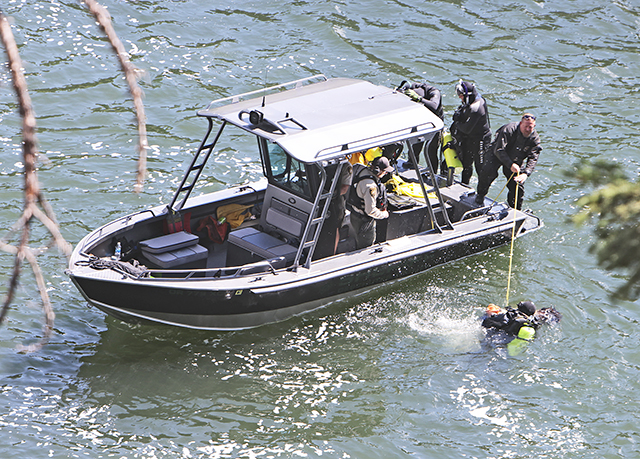Check what’s draining battery on stalling Jeep
Published 12:00 am Sunday, January 26, 2014
Q: I recently parked my Jeep Grand Cherokee with quite a new battery for a week. Upon my return, it wouldn’t start because of a flat battery, so I jumped it successfully. There was no obvious reason, and I checked the obvious stuff. What is puzzling is that I had to maintain high revs — 1,000 or so — every time I came to a halt, or it would stall. The rpm would drop below 400 or so, and quit. So I drove it home; there was no problem, except stalling at stops. The next day it started just fine, and the stalling was less evident. After about three days, the stalling was gone, and the battery stayed charged. Coincidence?
A: It sounds like the Jeep has a minor, but greater-than-specification battery drain. If this was the first time you’ve parked the Jeep for a week, you may not have noticed the drain until now.
Trending
A typical vehicle uses a tiny quantity of electricity to maintain control unit memories while parked. In most cases, one could park for perhaps a month before the battery may be excessively drained. If a vehicle will be stored for a month or longer, an inexpensive solar panel or plug-in float charger is a great way to keep the battery at its best.
Now to your symptoms: Your Jeep’s idle control system requires a relearn procedure in order to function properly after power is interrupted to the powertrain control module, or PCM. After a fresh wakeup, the PCM is unaware of the stepper-motor idle controller’s position and needs to figure it out while driving and at engine shutoff. Your next-day startup sounds like progress was made, and further learning/fine tuning occurred after that. The Cherokee may also have a dirty throttle bore, which can exacerbate slow-idle stalling, until precise idle control occurs.
If you will be driving the Cherokee regularly, you’re probably fine as is. If there will be times when it’s parked for longer than a few days, this problem may return. It’s also tough on the battery to be drained repeatedly and even worse to be drained completely. How about making one more thorough inspection of all map, cargo area and glove box lights for being accidentally active — and if nothing is found, consider having a parasitic drain test performed.
This is a simple process, but has a few procedural caveats. If excessive battery drain is measured — current of greater than 50mA flowing to the vehicle — fuses are pulled one by one to determine which circuit is the offender.
Q: When I turn on my headlights, the radio has no power at all. Turn the headlights off, and the radio comes back to life. Any ideas on what could cause this? I have just purchased this 2006 Jeep Commander from a private party.
A: This problem will require a scan tool check for body control module diagnostic trouble codes. Your premium sound system receives constant battery power via fuse 28 and requires communication with the BCM to function properly. The built-in diagnostics are surprisingly good and should lead to the fault.
Trending
— Brad Bergholdt is an automotive technology instructor








